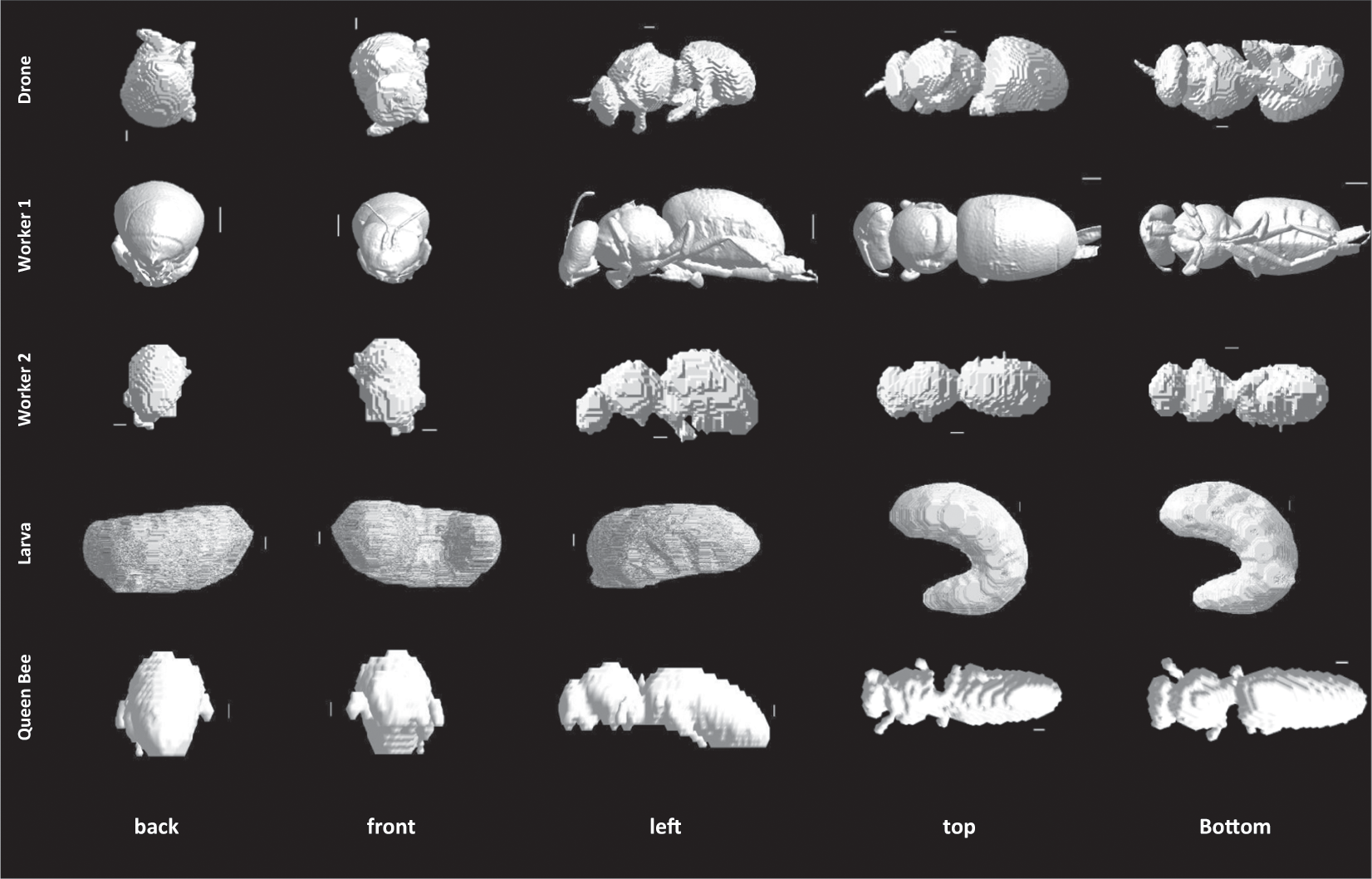What 900 MHz Radiation Did to Bees in One Hour Should Terrify Us All
Scientists Expose Bees to 900 MHz Radiation — and the Results Are Devastating
In a quietly devastating experiment, scientists in Wroclaw, Poland, exposed a colony of bees to 900 MHz radiofrequency radiation — the same frequency that powers most of our mobile phones.
Within just one hour, the bees showed catastrophic biological changes:
-
59% protein loss,
-
Glucose disruption,
-
Immune system suppression,
-
and full metabolic collapse.
And the radiation levels used? Still below what’s considered “safe” for humans.

The findings have sent a wave of alarm through the scientific community — not just because bees are essential pollinators, but because their biology might be a mirror to ours.
Bees Are the Canary in the Digital Coal Mine
Bees are responsible for pollinating around one-third of the world’s food crops. Without them, entire agricultural systems — from almonds and apples to coffee and cotton — could collapse.
But bees also serve another role:
They’re biological sentinels, reacting quickly and visibly to subtle environmental changes, especially electromagnetic fields.
The Wroclaw study aimed to explore just how sensitive bees really are to low-level RF radiation like the 900 MHz bands used in most wireless communication devices.
What the researchers observed was far more severe than anticipated.
Metabolic Chaos in Under 60 Minutes
In controlled laboratory conditions, the team exposed a group of honeybees to a 900 MHz signal for one hour.
By the end of the session, the insects had undergone a biochemical collapse:
-
Hemolymph (bee “blood”) protein content had dropped by 59%.
-
Glucose concentrations became erratic, suggesting impaired energy regulation.
-
Enzymatic defenses, particularly those related to oxidative stress, were weakened.
-
Neurophysiological patterns changed, indicating behavioral disorientation.
These aren’t just minor shifts — these are vital survival systems.
A bee with impaired glucose and protein synthesis can’t forage, defend the hive, or reproduce.
But the Radiation Was ‘Safe’… Wasn’t It?
One of the most disturbing elements of the study is that the radiation level used — a 900 MHz carrier wave — is standard for mobile phone communications.
In fact, it’s far below the threshold considered hazardous by international safety standards.
But these standards are often based on thermal effects — whether radiation heats tissue — and not the subtler, long-term biological disruptions that can alter cell metabolism, DNA repair, immune response, or neurological signaling.
If Bees Collapse in One Hour, What About Humans?
The human body is obviously different from a bee’s. We’re larger, more complex, and not as electrically sensitive — or so we believe.
But even humans rely on the same core cellular machinery:
-
Proteins,
-
Glucose regulation,
-
Oxidative defenses,
-
Neurological stability.
And while no human study would ethically mimic this bee experiment, early research on EMF exposure in humans has shown:
-
Changes in sperm count,
-
DNA strand breaks,
-
Headaches, fatigue, and insomnia,
-
and potential links to neurological conditions.
The Wroclaw scientists say their study doesn’t just raise questions about bee health — it forces a reevaluation of human safety standards in a world flooded with wireless signals.
The Bigger Picture: Environmental Collapse in the Frequency Age
Bees are already struggling under pressure from pesticides, habitat destruction, and climate stress.
But the addition of omnipresent EMF radiation may be the invisible final blow.
If bees are losing their ability to regulate basic life processes after an hour of standard exposure, their survival as a species becomes uncertain.
And if they disappear?
We don’t just lose honey.
We lose apples. Coffee. Chocolate. Cotton. And billions of dollars in global agriculture.
Are We Ignoring a Biological Time Bomb?
Wireless connectivity has become a core pillar of modern life.
Phones, Wi-Fi routers, smart devices — all constantly broadcasting signals through our homes, offices, schools, and public spaces.
But if even the tiniest creatures are breaking down under these frequencies, then we must ask:
Is our reliance on wireless technology silently eroding biology at every level?
The Wroclaw study doesn’t claim to have all the answers — but it issues a clear and chilling warning:
What we’re doing to bees today, we may be doing to ourselves tomorrow.
Sources:
-
Wroclaw University of Environmental and Life Sciences, Department of Biochemistry
-
Journal of Apicultural Science
-
WHO: Electromagnetic Fields and Public Health – Mobile Phones